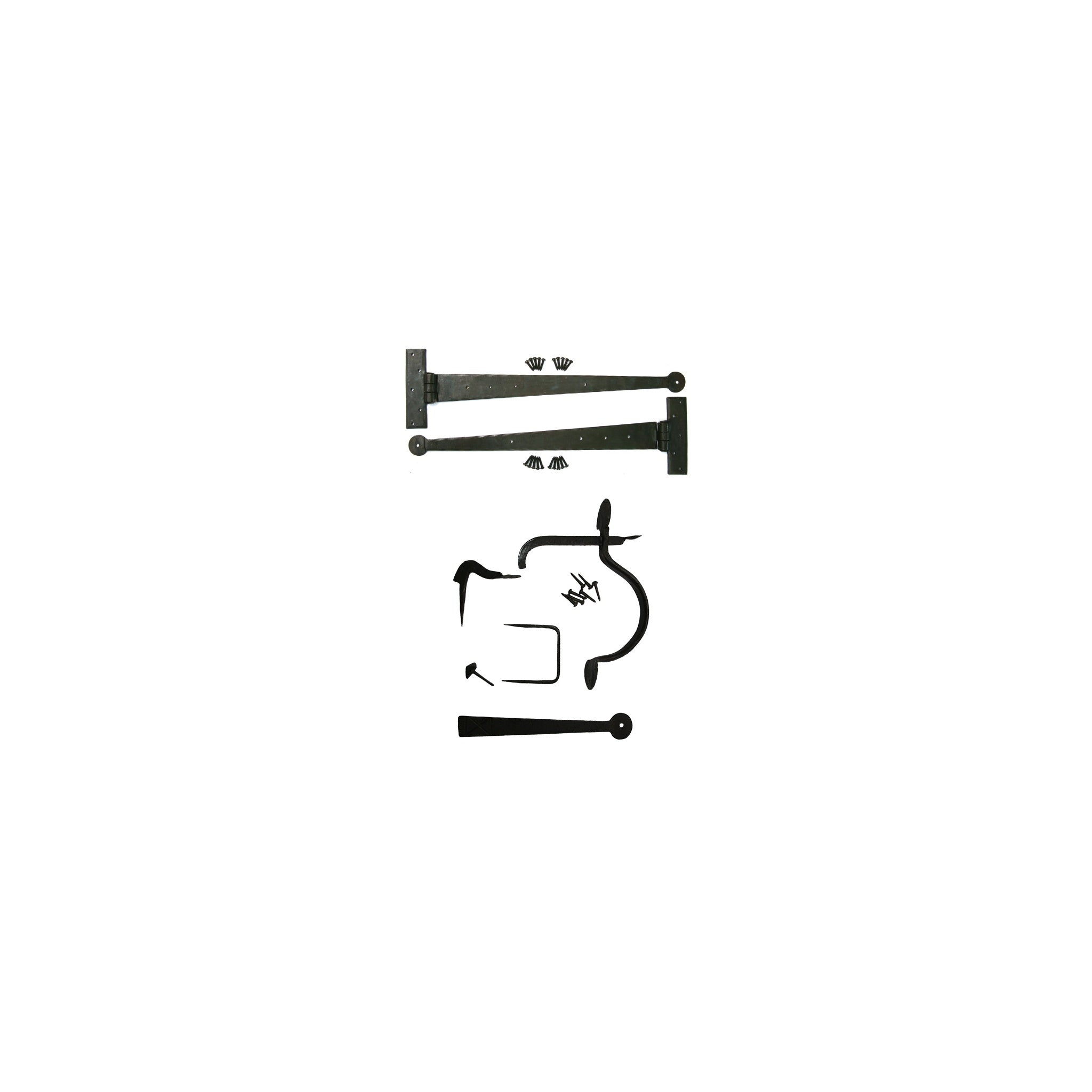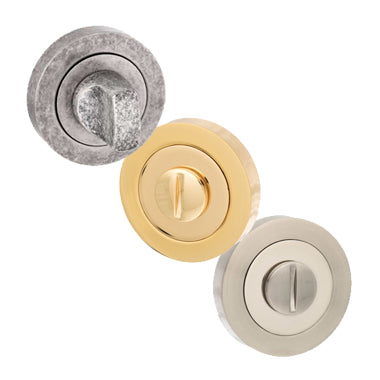What Are The Rules For Fire Doors?
Are you contemplating getting a fire door? Or do you have existing
fire doors in your building already?
Either way, you must know the regulations regarding fire doors. That is the only way to ensure your fire door is functioning as it should during fire outbreaks.
Fortunately, this article can help. Specifically, we shall answer the following critical questions:
- Who needs a fire door?
- What type of fire door do you need?
- Can you install a fire door?
- Will painting reduce the effectiveness of fire doors?
- Should you leave your fire door ajar?
That said, let's delve into the details!
5 Crucial Rules For Fire Doors You Must Know
Who Needs A Fire Door?
As vital as fire doors are to buildings, not everyone needs them. In fact, it is not a legal requirement for all homes.
So, you might not need a fire door by law.
Note: "not needing" doesn't mean you can't or shouldn't get a fire door for your home or office.
Depending on your profession, e.g., electrical engineer, there are high chances of occupational hazards. There could be mistakes that lead to fire outbreaks. In that case, a fire door will be helpful.
But going by law, these situations warrant a fire door:
- A building with at least 3 floors
- Doors that lead to a garage from your home
- Flats within a block of flats
- Flats built 4.5m above ground level
- Hallways in high-traffic places like hospitals
Sometimes it is required to install a fire door around elevator shafts and stairwells.
What Type Of Fire Door Do You Need?
The answer here depends on your building. For residential buildings, an FD30 door will suffice.
On the other hand, high-traffic areas like hallways will occupy many people. In other words, 30 minutes might not be enough to safeguard lives.
For that reason, hallways might need an FD60 or even FD120 fire door.
Overall, flats (and homes generally) only need FD30 fire doors. Industrial buildings, as a rule, need doors with higher fire-resistance ratings.
More information on what makes a fire door, a fire door?
here
Note: the efficiency of your fire door, regardless of its type, depends on its source. So, ensure you buy from trusted dealers.
Can You Install A Fire Door?
Yes, if you are a professional.
Otherwise, find and hire a professional fire door installer. Here is why:
Unlike typical
internal doors, fire doors have strict installation rules. In particular, the space between the door and frame should not exceed 4mm.
Also, the fire door must be tested for standards.
Unfortunately, those deeds require expertise and training that you might not have.
So, we recommend you hire help!
And while you are at it, ensure that your fitter schedules regular maintenance for your fire door. That way, you can ensure that your safety utility works perfectly.
Will Painting Reduce The Effectiveness Of Fire Doors?
No!
There is no rule against painting your fire doors. In fact, some dealers can even pre-paint your door before delivering it.
If you prefer, you can paint the fire doors yourself. Conveniently, you can use any decorative paint of your choice.
However, there are a few rules:
- Don't paint over seals or hinges.
- Avoid chemical or heat paint strippers; they will affect the effectiveness of the intumescent strips within the fire door.
Should You Leave Your Fire Door Ajar?
By design, fire doors shut themselves even when you don't. But if you must keep them ajar, do so correctly. How?
Get fire door retainers!
Otherwise, you risk damaging your fire door. And it won't perform the intended purpose during fire outbreaks.
Further reading: How Energy Efficient Are Your Doors?
- Information is accurate at time of publishing, however, may be subject to change.
































































































































